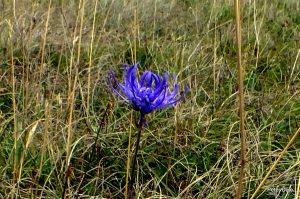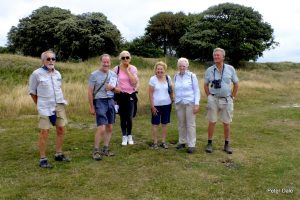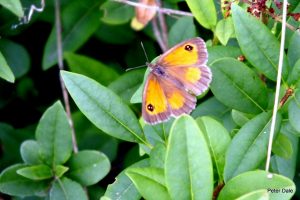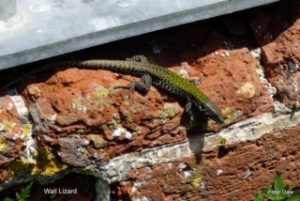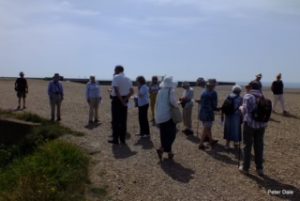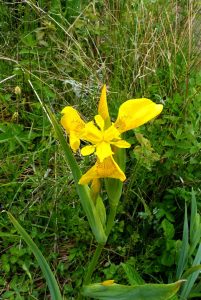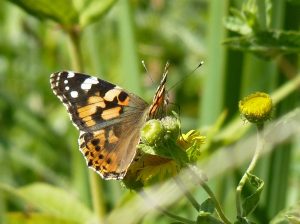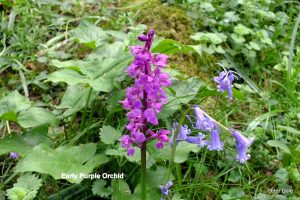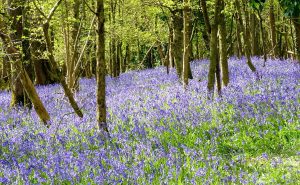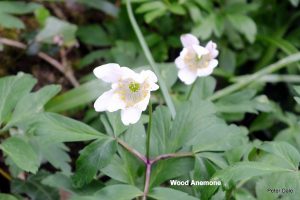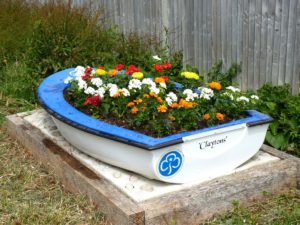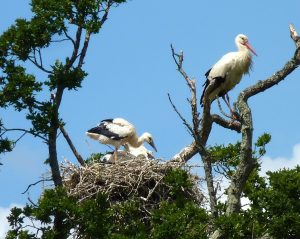On the last beach clean of the year a beautiful sunny morning greeted thirty members of Ferring Conservation Group when they met up near the beach huts. As in previous years, the results of this particular beach clean were sent to the Marine Conservation Society (MCS), where thousands of people across the UK take part in the nationwide Great British Beach Clean. This data is used to trace litter back to its source and enables the MCS to campaign for change.
Although the area of beach from the start of Patterson’s Walk at Marine Drive and up to and including the Bluebird Café was cleaned as usual, the MCS survey just concentrates on a 100m stretch of beach, where every single piece of litter found is collected and recorded and this data is then uploaded to the MCS website.
After an introduction and safety talk from Jenny Grixti (who has organised the beach cleans for many years) the Group was issued with hi-vis jackets, sacks and litter pickers and despite a busy summer it was a pleasant surprise to find that the overall amount of litter found was a good deal less than in previous years. Also on a positive note there was little evidence of fisherman’s nets or angler’s tackle but sadly one syringe (without a needle) was found. A pair swimming trunks, goggles, one shoe, one sock, one cap and a couple of cigarette filters were collected. Unfortunately the amount of un-bagged dog poo had definitely increased. Interestingly a member picked up a crisp packet from behind the beach huts and was surprised to find a live toad inside, it was presumably using the material to retain moisture and find protection from the sun.
Jane Hayman from the Group commented that ‘ beach cleans not only bring people face-to-face with the reality of plastic pollution it is also a good way to attract attention and people will often stop to find out what is happening. It is also satisfying to receive thanks from beach users for the good work we are doing’.
Jenny Grixti would be keen to enrol two helpers to initially assist in the running of the beach cleans during 2023 with a view to taking over the role for the 2024 season and onwards. There are three beach cleans a year that take place on Saturdays (May, July and September) plus one on the banks of the Rife, usually in March. If you are interested in this important work please drop Jenny an email on: jenny.grixti@outlook.com

